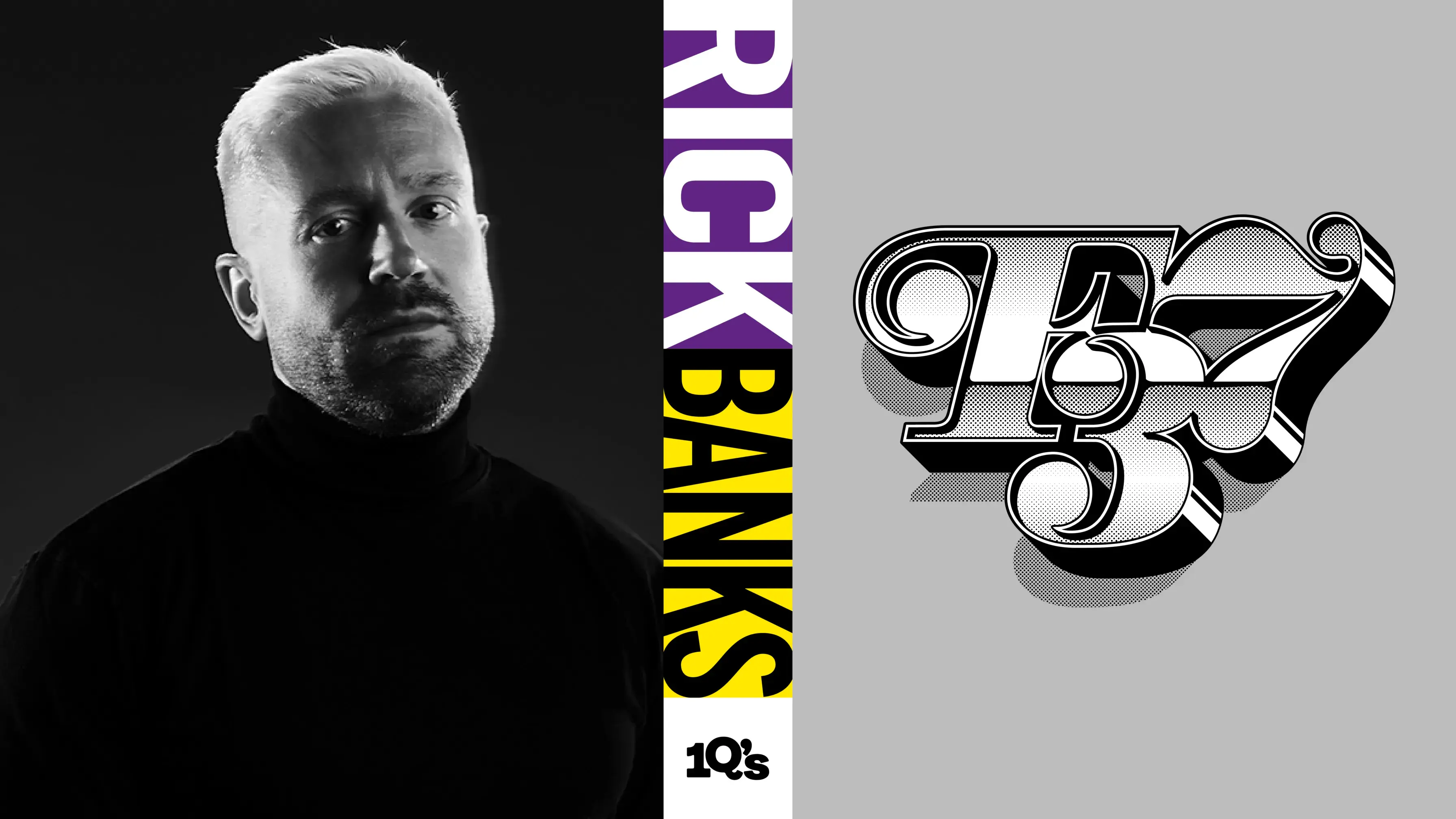

Set For The Future
What's going on in women's tennis?
Written by Millie Riley, Strategist at Nomad.
2024 was the year everyone tuned in for
The year that professional women’s sport was projected to exceed the $1 billion mark. The year that saw Caitlin Clark, Iloha Maher, Aryna Sabalenka and Simone Biles break records, break algorithms, break silence. We have reached an inflection point.
Leading the charge is women’s tennis. Home to the world’s highest paid female athletes—Coco Gauff, Iga Swiatek, Zheng Qinwen—and the global face of the tennis profession and women’s sport industry, Serena Williams. But to survive and thrive in 2025, it’s no longer enough to put two elite athletes head-to-head until there is one left standing. When the primary age group of a tennis fan is 55+, the offer of elite women’s tennis is not enough. Not when you want to bring new fans onboard the brand-wagon.


Tennis is hard to break into
Tennis has all the ingredients for drawing in the next and new generation of fans: international stages, heroic levels of athleticism, superstar athletes with stories that give you something to root for. But the sport isn’t packaged in a way that easily allows someone with a passing interest to then organically move down the tennis rabbit hole.
Instead tennis is binary. You're either a non-fan who sees tennis as a sea of abbreviations, where the pace of change is slow, bureaucracy is apparent and the barriers to discovery and accessibility are sky high. Or you're the hard-core, front-row-seat fan who is tapped into every tennis nuance that makes the sport addictive to follow and pays a subscription fee to be a globe-trotting streamer for 11 months of the year. With there being no one-size-fits-all when it comes to being a fan, tennis isn’t set up to let fans ‘fan’ their way.
Meet them where they’re at
Throughout history, sports brands have been guilty of relying on their fan bases to regenerate every 10-20 years, be the hot topic in every playground and pub and expect this profound passion and knowledge to be passed down like a family heirloom.
For F1, 2017 was the year when the influence of inheritance was no longer enough. After hitting an all-time low on global TV viewership, it was clear the brand wasn't set up for or saw the value in the younger generation of potential fans, instead infamously catered for ‘the 70-year old guy who’s got plenty of cash’. But with new owners Liberty Media, a strategic storytelling and access-all-areas approach completely shifted how F1 talks about F1. No longer operating in the traditional silos of sports leagues, F1 expanded its brand ecosystem to not just become culturally relevant, but a force in the cultural zeitgeist. Be it the Netflix’s docuseries Drive to Survive lifting the bonnet of life in the driving seat, F1 Unlocked getting fans closer to the action, or a constant stream of official-content-come user-generated content donning feeds and FYPs from the Monaco Grand Prix mega event, F1 refocused its attention on building a brand, not just an international auto-racing competition.


We’re starting from a different baseline
It was clear that women’s tennis needed a new brand. A new position. To break the conservative codes of its past and be brave enough to do so. To have the fix and flex to enable fans to engage with its product through a more personalised, self-creative lens. It’s not enough to be part of the conversation. Like how the LA28 Olympic Games celebration single-handedly took the spotlight from Paris 2024 with a Mission: Impossible abseil from Tom Cruise and all-star music line-up. It's about turning up, turning it up, igniting the conversation.
There is a certain type of brand that falls into the realm we’re talking about— Nike, Netflix, NFL—a common thread that runs through them all. On the surface they happen to sell over-priced trainers, a streaming platform ‘For You', and sees 22 players hurling themselves at each other for the best part of an hour. This isn’t what's important. Not when each has crafted how they position themselves to be something worth thinking, sharing, interacting and talking about; as an entertainment superbrand.
We can look to the Super Bowl Halftime show as a prime example of a platform for these must-see moments. Most recently Kendrick Lamar took to the stage in quite literally a revolutionary performance, welcoming the likes of guest artists SZA, Crip-walking Serena Williams and your host, Samuel L. Jackson. By blurring the lines of sport, entertainment and culture, year-after-year this spectacle is dissected by people all over the world, all over the internet, to find the hidden Easter egg in it all. When brands like the NFL show up, the world stops, stares and scrutinises.

Today, we know women's sport is telling its story from a different baseline. To lean into this movement and be the firepower behind its momentum, we have completed a brand overhaul, from strategy and identity, through to tone of voice and broadcast for the Women’s Tennis Association, the leader in women’s professional sport and one of the world's most high-profile sporting organisations. This bold new brand is set to reposition the WTA from an invisible organising body to stand out as the sports entertainment powerhouse of professional sports.

